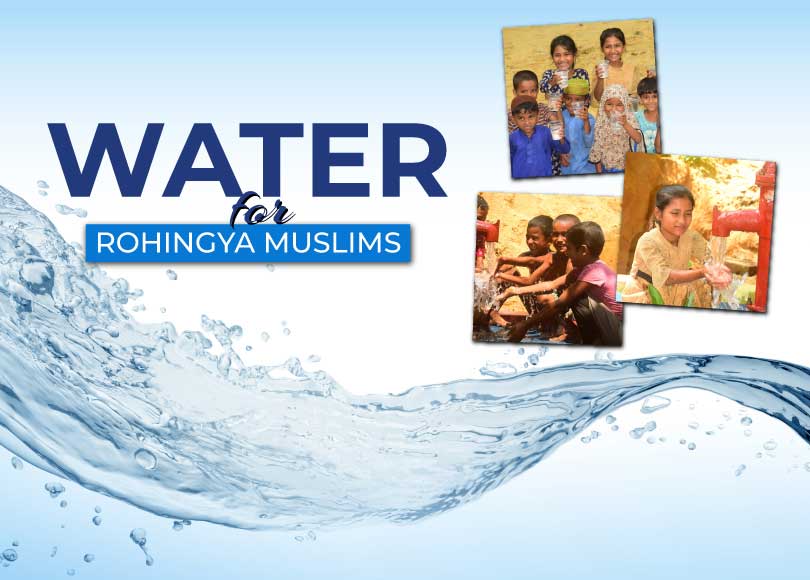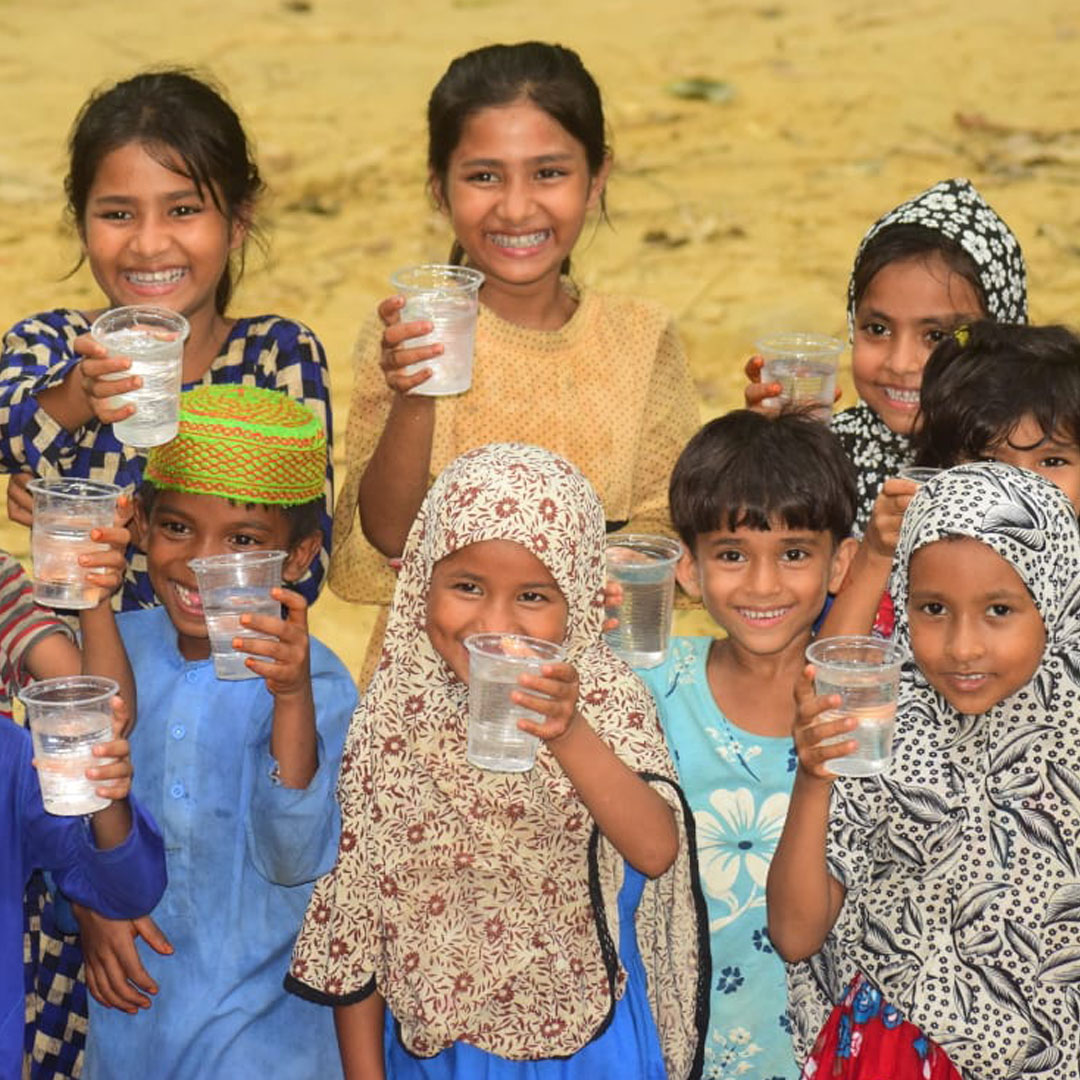Limited Access to Clean Water
Over 1 million Rohingya refugees are living in 13 square kilometres of an area called Cox’s Bazar. Just imagine how crowded this place must be. No roads, no infrastructure, no water, no sanitation. The only way to access water is to go underground.
Inadequate Sanitation Facilities
The lack of sanitation infrastructure in the Rohingya refugee camps is one of the biggest reasons for poor hygiene and sanitation practices, making health issues even more serious.
Overcrowding
The Rohingya refugee camps are the most densely populated areas on the planet. At times it seems impossible to provide everyone access to clean water and sanitation services.
Waterborne Diseases
So many people in such a small area. Waterborne diseases such as cholera, dysentery, and diarrhoea are common among the Rohingya population.
Long Queues for Water
Not every area of the camp has access to water. Some refugees often spend significant amounts of time waiting in long queues to access limited water sources.
Insufficient Funding
There are very few charities funding water projects in Rohingya Refugee Camps. Alhamdulillah, we are trying to do our bit. It’s tough and it’s not easy but we must continue in the hope this water pump in the Rohingya refugee camp might save a life.
Need for Sustainable Solutions
Water pumps are not the only solution. Rohingya refugees need long-term solutions and this can only be planned at the government level. We will continue doing our bit. Insha’Allah.
The above data shows how great is the need for clean water in Rohingya refugee camps. Build a water pump in Bangladesh and make life little bit easier for some Rohingya families.




